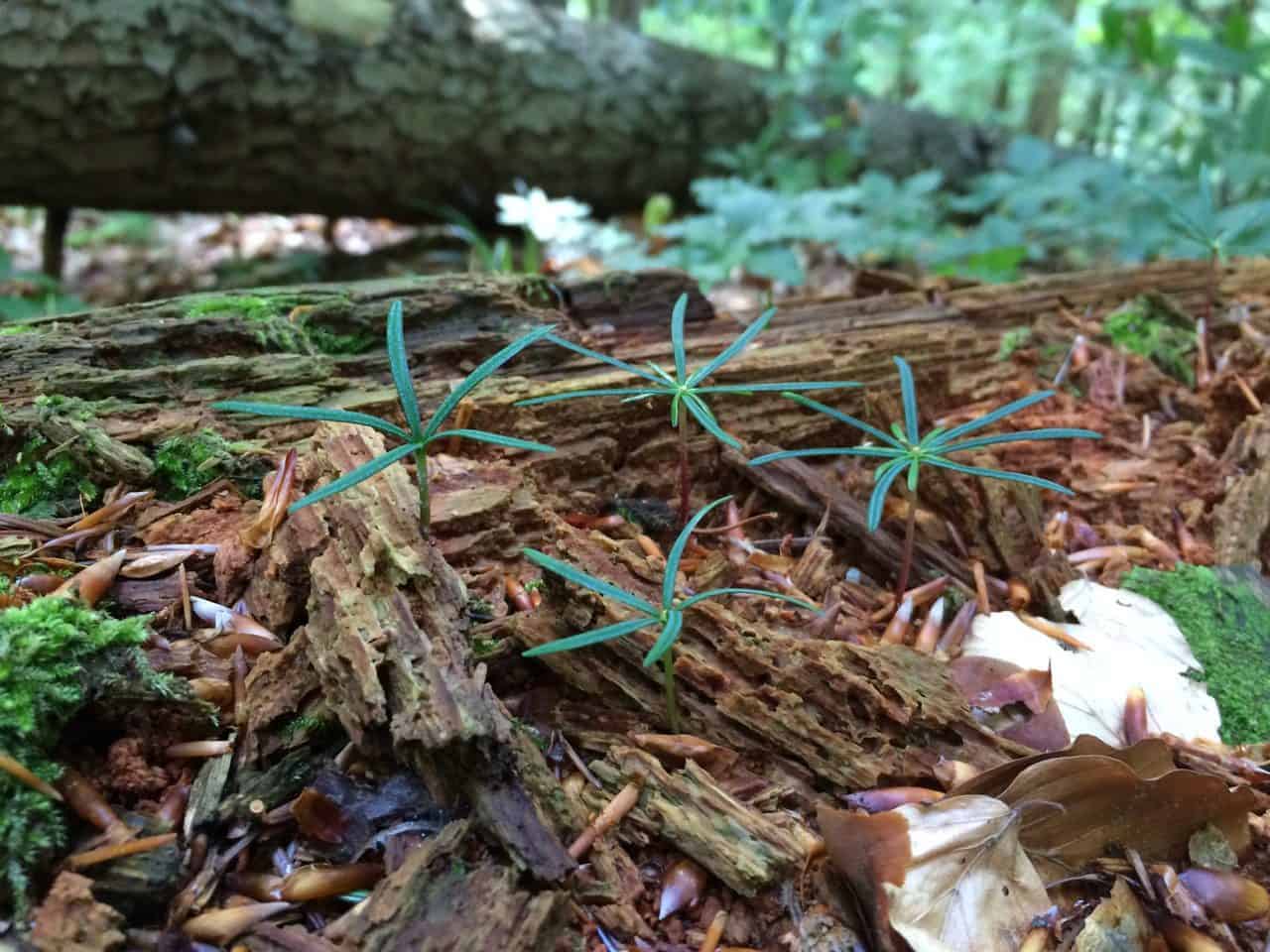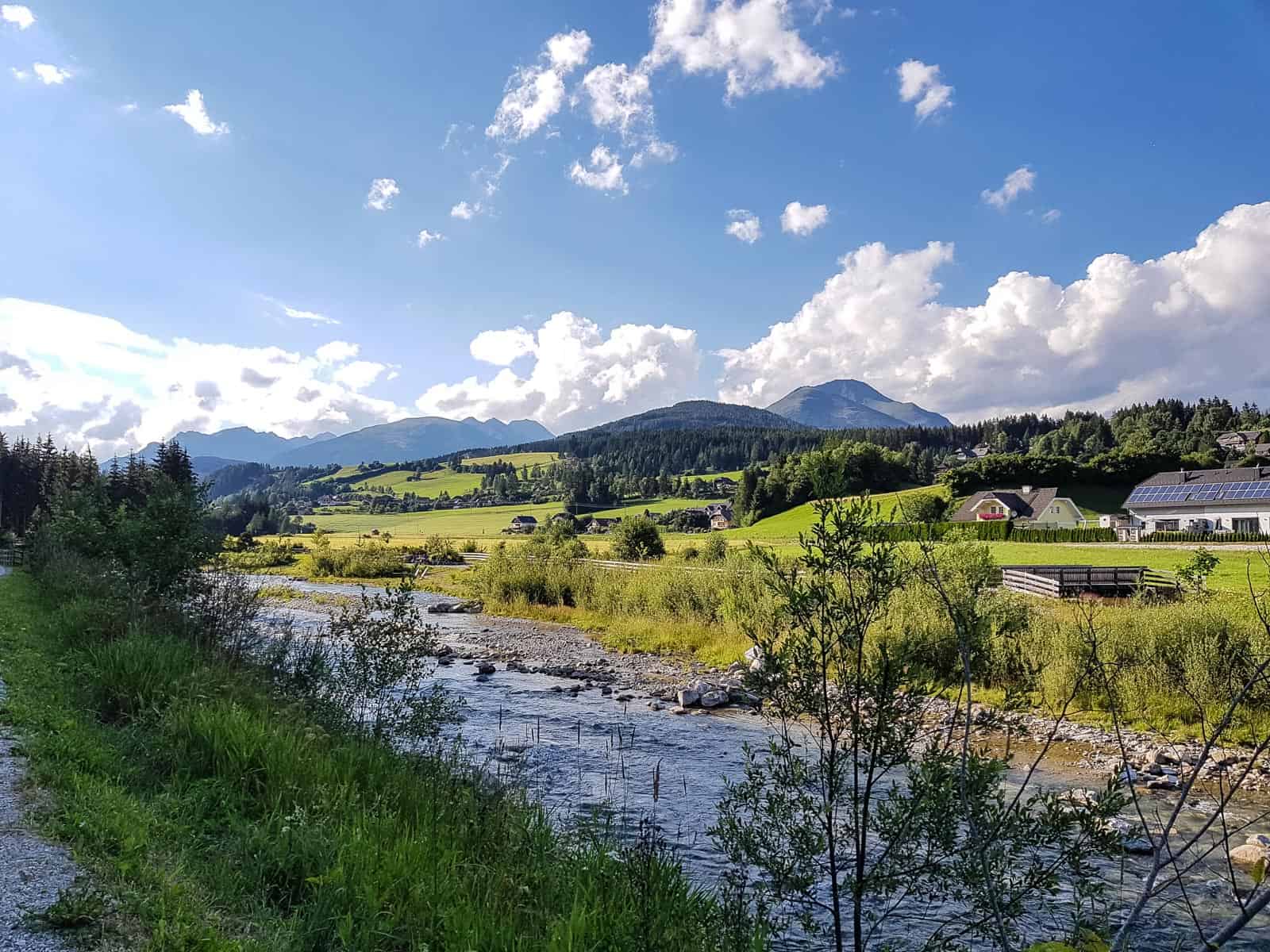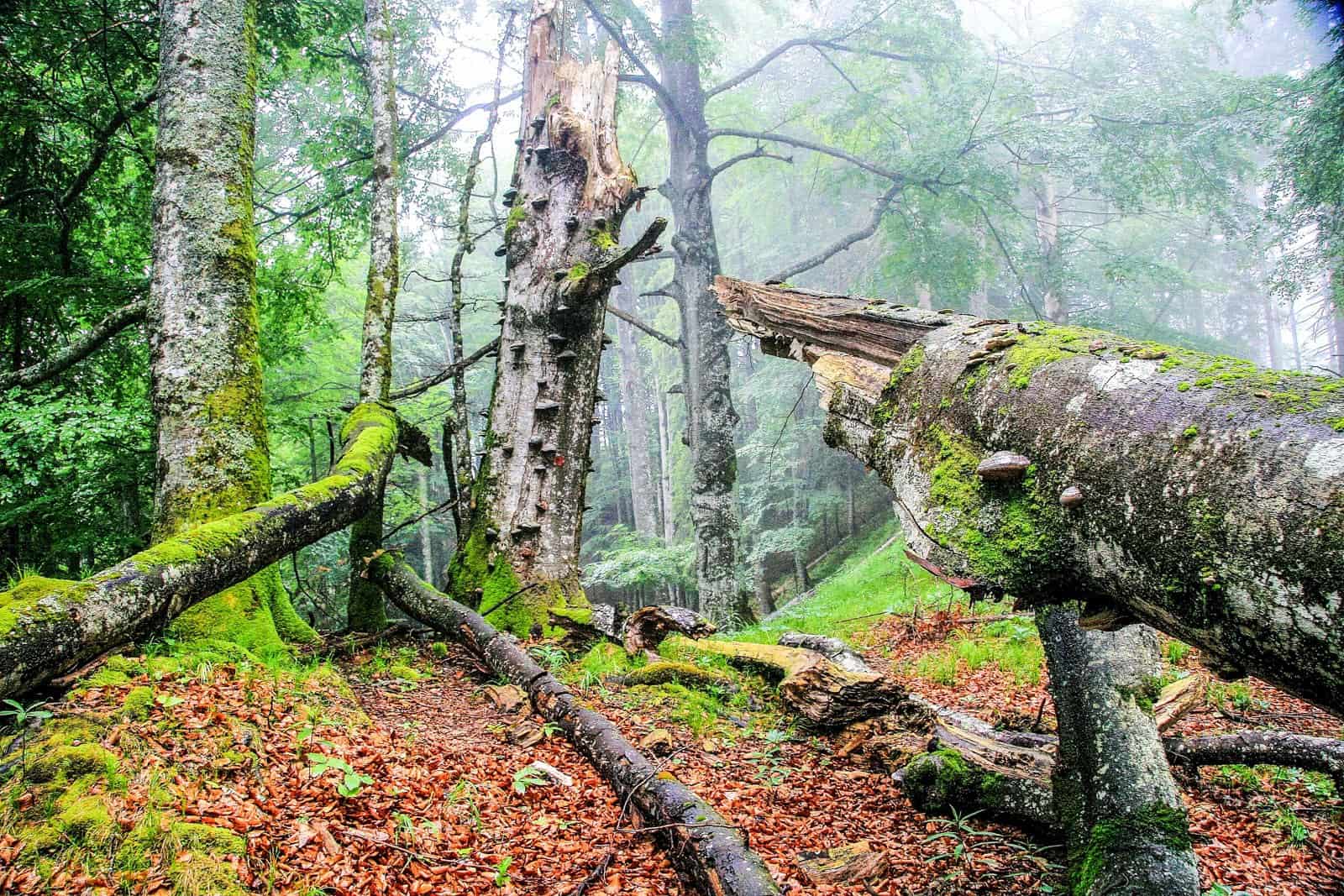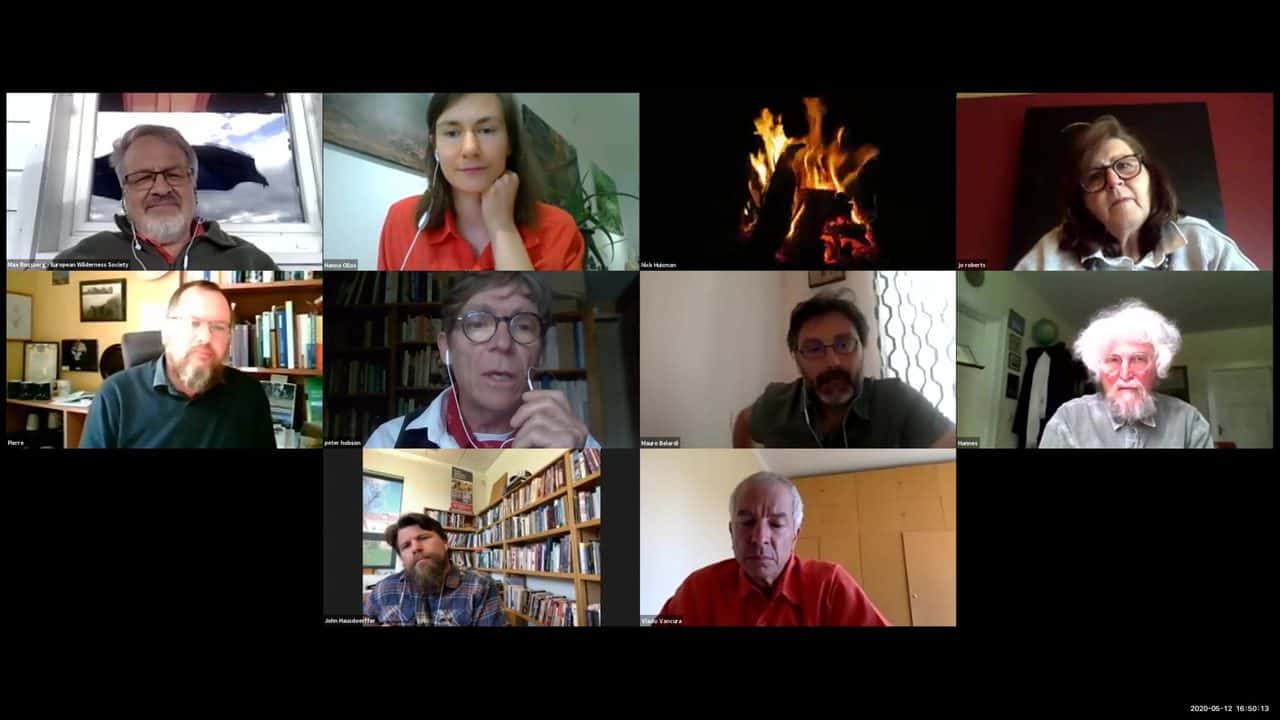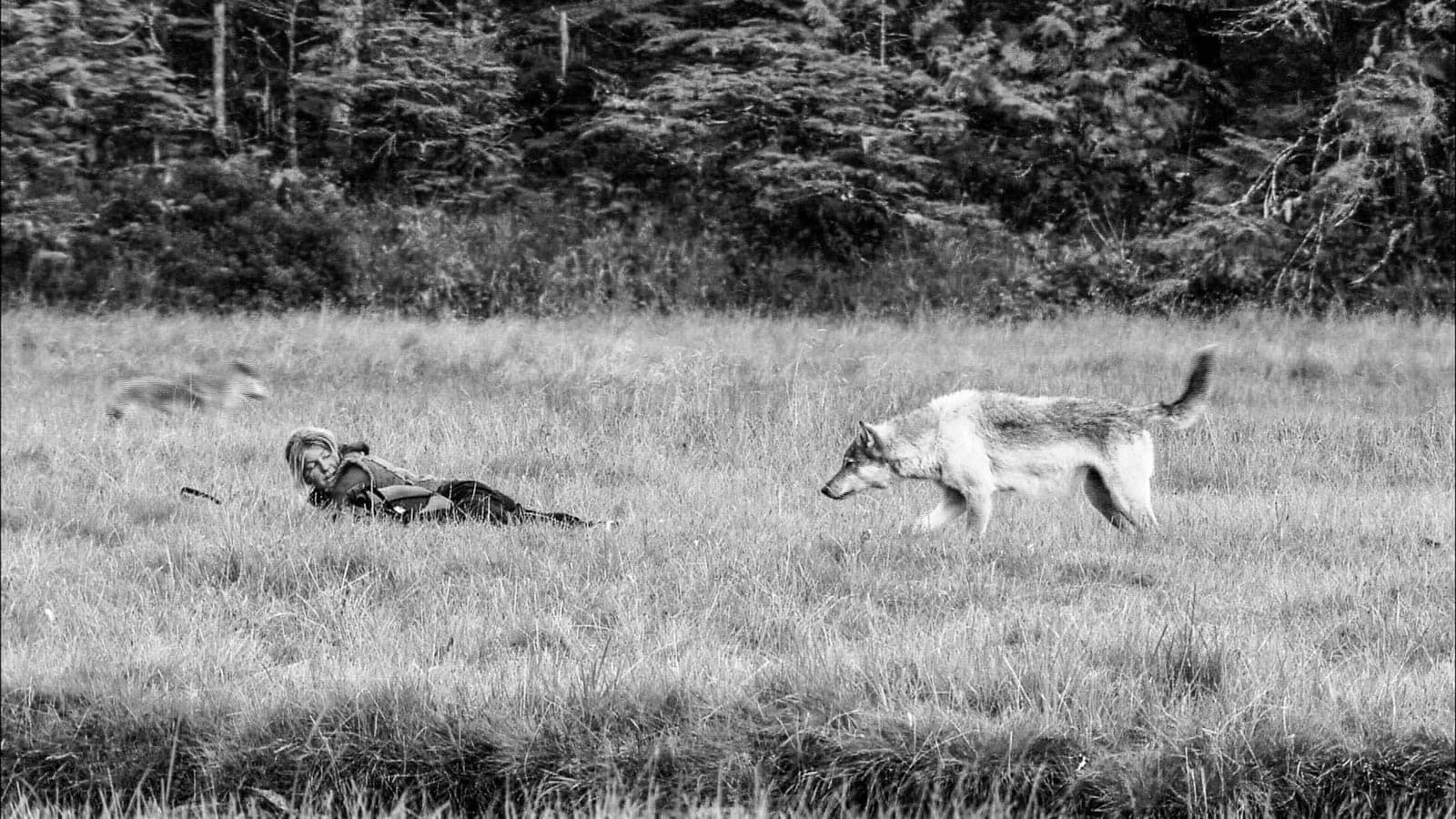First Slovak National park reaching 50% non-intervention zone
The Muránska planina (Muran Plateau) National Park is one of the youngest national parks of Slovakia. It is currently under the process of undergoing zonation, which will mean is it might soon be the very first of the Slovak national parks that meets the condition that at least 50% of the territory shall be included in the non-intervention zone. Today, there is no other example among Slovak national parks that meet this criteria. As the planned zoning will bring change to several local stakeholders, it raised some opposition in the parliament, especially of the Speaker of the National Council of the Slovak Republic. The compromise as it looks now will be that the non-intervention zone in the park will be increased step-by-step from the current 13% to 50%.
Please also read: Challenges to protect Slovak Paradise
The national park zoning system
National parks play a unique role in protecting natural ecosystems. The main mission of every national park in the world should be strict nature protection, in a sufficiently large and integrated area. In addition, they should also focus on species protection, research, education and recreation. A clear zoning system ensures that each purpose and goal of the national park is fulfilled within the territory while not compromising one another, in clearly designated areas. Therefore, the core zone (zone A) is always strictly protected, the aim of which is the undisturbed development of nature without human intervention. It not only hosts the best-preserved untouched ecosystems, but also localities in which there once was human intervention, but today the goal is to restore their wildness. Large and intact core zones are important to provide refuge to many endangered species, but also for the effective functioning of the ecosystem dynamics. In comparison, in Zone B human interventions can be carried out on a temporary basis, while keeping nature conservation as the main priority. The aim for this area is to be restored through habitat management measures so that parts of it can once form the core zone of the national park as well.
Changes in the borders and area of the national park and its protection belt
The territory of Muránska planina has been legally protected since 1977 as a Protected Landscape Area. With regard to the extraordinary natural values of the area, as well as in accordance with international criteria for the categorisation of protected areas, a national park was established in 1997. The boundaries of the national park and the boundaries of the protection zone were then partially changed so that the defined area included only the most valuable natural values. Compared to the area of the Protected Landscape Area, the area of the national park’s own territory decreased to 20,317 ha, the area of the protection belt decreased to 21,697 ha.
1. The national park will grow
According to the currently presented proposal, the area of the national park will increase from the current 20,317 ha to approximately 25,000 ha. In addition to the Area of European Importance Muránska planina, the areas of European importance Tisovský kras and Stolica should thus become part of the national park. In terms of the occurrence of natural values, these are very valuable areas that undoubtedly deserve protection.
2. The protection belt will shrink
On the other hand, the area of the protection belt will be reduced from the current almost 22,000 hectares to approximately 14,000 hectares, mainly by excluding larger parts in the northern and north-western part of the current protection belt. The part of the Protected Bird Area Muránska planina – Stolica, which has not yet been included in the protection zone of the national park, will now become a part of it.
New zonation causes a political clash
The new zonation plans have lead to some political resistance, fuelled by the fear that people would lose their jobs, local governments would lose money and the region would become depopulated. However, as it was pointed out by the Minister of the Environment, the commitment to have national parks with 50% of the non-intervention zone is in the government’s policy program. Zonation sets clear rules and puts an end to a system of exceptions. The compromise as it looks now will be that the non-intervention zone in the park will gradually be increased from the current 13% to 50%.
It is clear that the approval of the Muránska planina National Park zoning by the Government of the Slovak Republic will bring several changes for stakeholders that have used the territory of the national park. Some changes that are positive for the environment may have short-term negative economic impacts for land-owners, therefore in such cases compensatory measures from the Government of the Slovak Republic are expected. Increased nature protection can be an opportunity for the region to focus on nature-friendly tourism and a long-term sustainable development. Such a brand will not only increase the interest of Slovak tourists but will also raise the attention on the natural values of the park of tourists coming from abroad. Forms of nature-friendly tourism will also bring new value to local products and other services of the national park and the region, such as courses and thematic nature trips.
The Ministry of the Environment has set up an expert commission, which should also address how to minimise the employment impact of restricting logging. They also plan to analyse the status of local and regional sustainable development, the state of existing infrastructure and other issues that hinder economic development. About 93% of land under the Muránska planina National Park is owned by the state. The rest belongs to private landowners, who will receive fair financial compensation. The difference between the profits they would make from intensive farming and what they would reach switching to environmentally-friendly methods are included in the state budget and will be paid to them every year. Increased interest of tourists will all in all generate new opportunities for municipalities to develop, as well as increased revenues coming from accommodation taxes, and increased interest in local services.
Change brings benefits
Slovak national parks are in need of reforming to meet the international IUCN standards. We have to change the way how we measure the value of national parks. For protecting the unique natural values and maximise the resilience of natural ecosystems against climate change, we have halt unsustainable land use and open the doors to sustainable development. Such transitions however are only sustainable, if all stakeholders who are affected are involved in the communication, informed consistently and their needs are taken into consideration.
More information is available on the website of the Muránska planina National Park.

